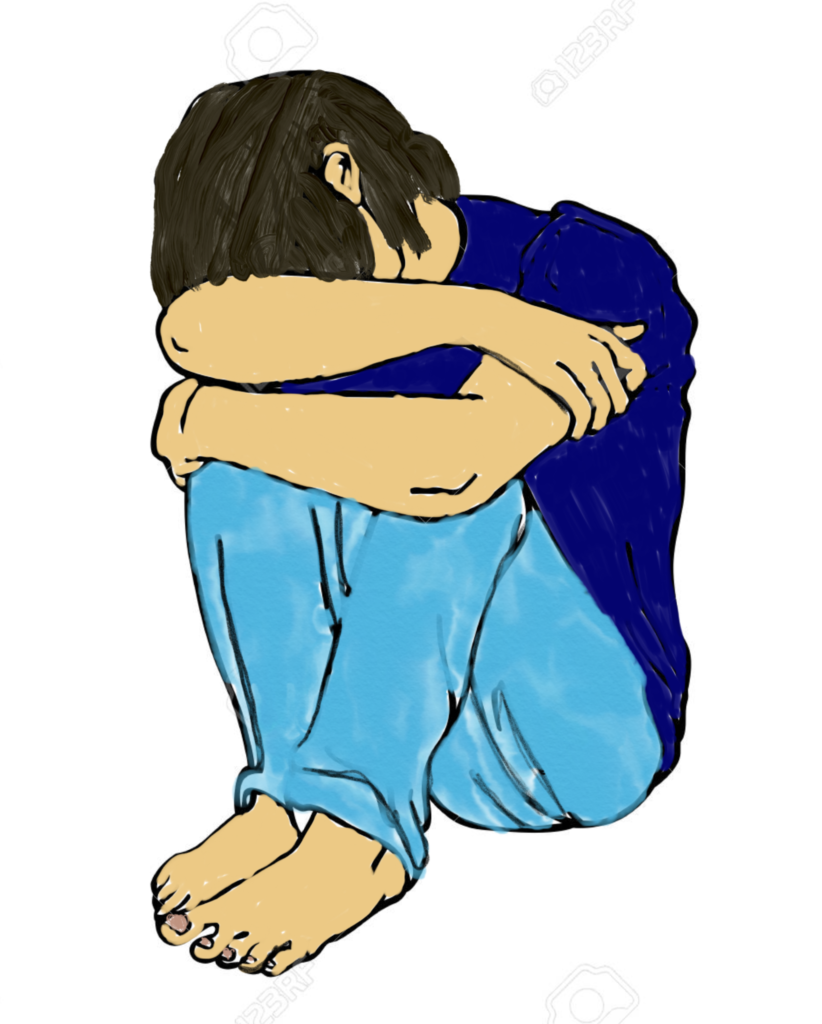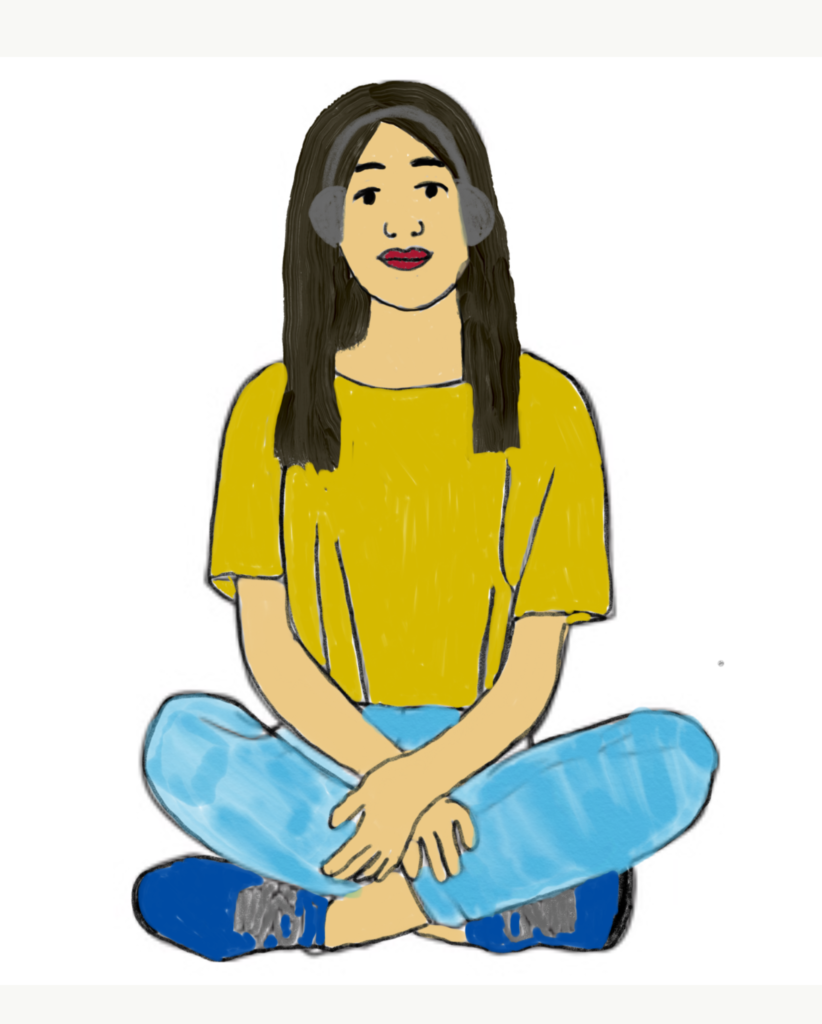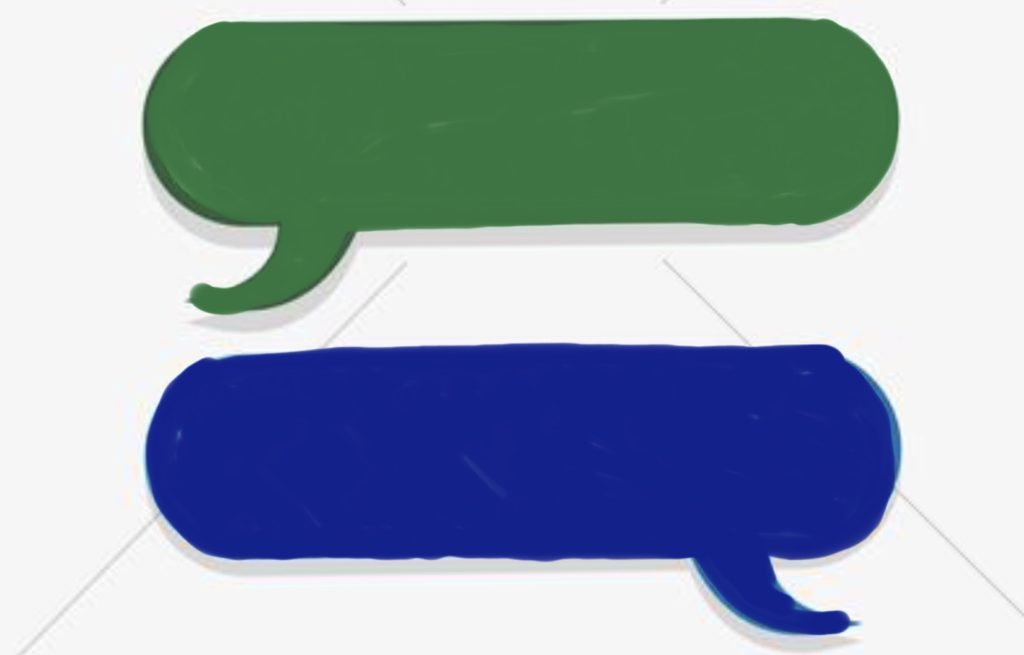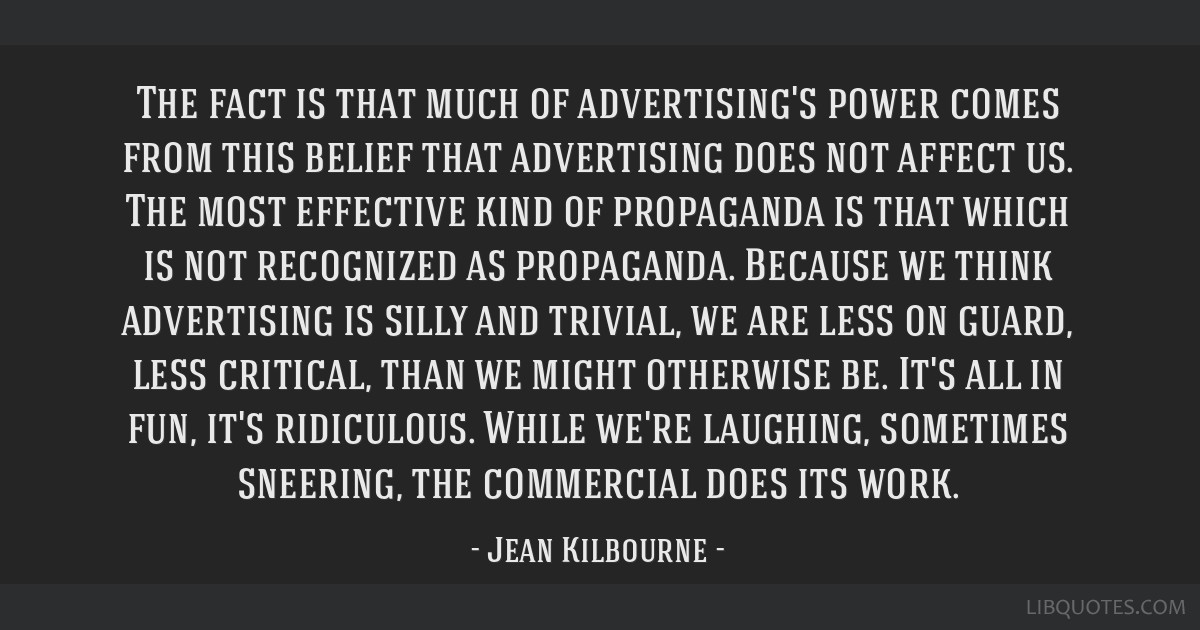How useful are ideas about narrative in analysing music videos? Refer to the close study products ‘ghost town’ and ‘letter to the free’ in your answer.
Narrative theory is useful in analysing music videos to gain an idea about the storyline, message and plot that the media is trying to portray. Todorov’s narrative theory consists of a three part structure, an equilibrium, disruption and new equilibrium (beginning, middle and end).
These can be used to analyse the letter to the free music video which focuses on the black community and the multi-media Netflix documentary about American prisons being filled by black lives. The letter to the free video shows a symbolic square box which common explains that it represents blackness not being defined in time or space. This box appears throughout the video structure as a satallite, which in Seymour Chatman’s theory means it is not essential to the narrative but are helpful and in this instance, it is helpful to provide the meaning behind the video. While the black box is shown at points throughout the video, it is shown before the song starts and then at the end of the video it is the last thing you see. This relates to Todrov’s theory as the video is structured in a way that leaves a significant beginning, middle and ending that highlights the main message of the video.
In the Ghost Town music video, the narrative shows the band travelling in a car through empty roads, highlighting a time in the uk where there were riots, deindustrialization and unemployment which caused the feel of a ‘ghost town’. Throughout the video, the band are together in the car which represents them being isolated. This relates to the narrative theory as the beginning shows shots of urban buildings which introduces a theme of industrialization, it than shows a point of view from the car driving and the view of the empty roads. These beginning shots are useful to identify the setting and the theme of the music video right at the beginning, which then sets the mood for the rest of it. The ending then shows a contrast to the disruption, which is chaos with the camera spinning. Whereas, the ending is just one still shot which shows the group throwing rocks into water. This contrast is useful as it shows a clear structure of narrative.


















